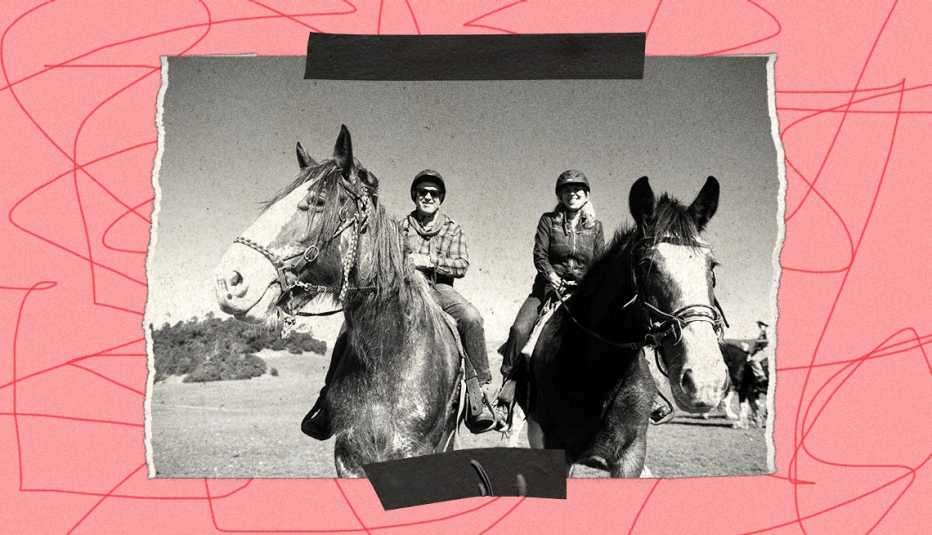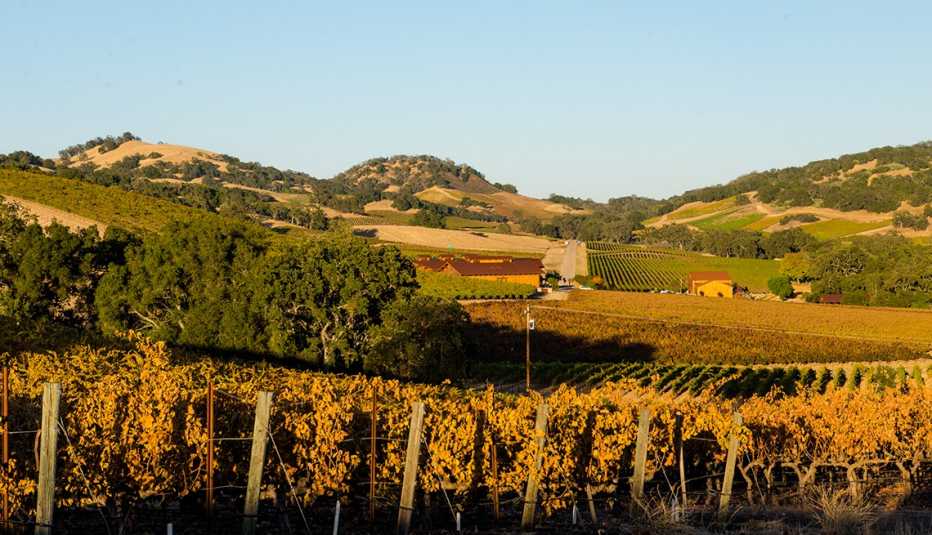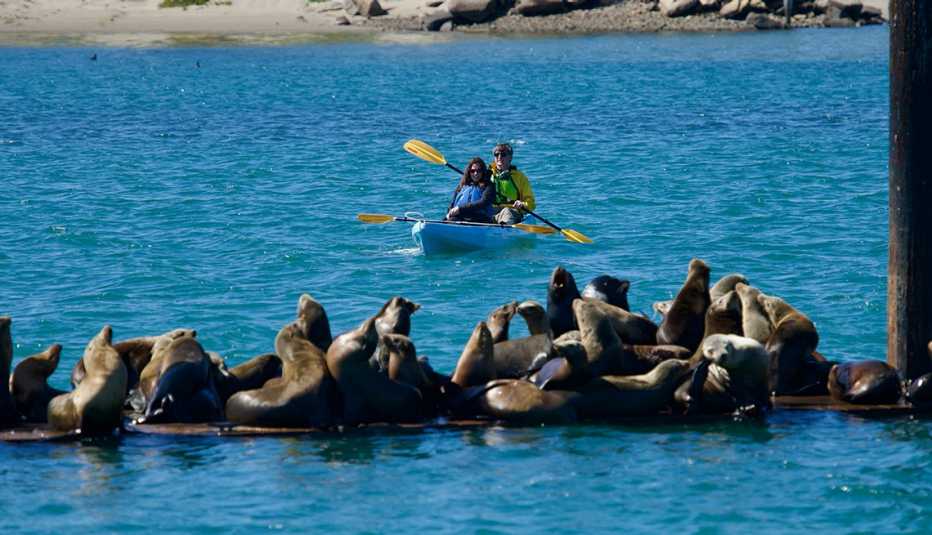AARP Hearing Center


Sara Shaw hung up her speed skates for a week this winter and escaped from snow-laden Rochester, New York, to warm and sunny central California. She and her partner landed in Los Angeles and meandered north along U.S. Route 101, the freeway that runs north-south through the state, and California 1, the scenic coast-hugging road, pausing frequently to hike bluff trails, stroll through eucalyptus groves and saunter up and down the beaches.
At 58, Shaw is one of those people whose energy is underserved by the “active” adjective. A former program coordinator for several arts organizations, she knows her way around an energetic itinerary.
Though we chat a couple of times a year, I was surprised to find out that she was planning the same adventure I was — exploring California’s Highway 1 Discovery Route, a distance of about 100 miles, from Oceano to Ragged Point. Though Shaw is a perpetual mover (and often a political shaker), it’s no wonder she hit pause when she arrived on the central California coast.
“I was amazed at how accessible everything was,” she says. “I assumed it would be built up with traffic and homes, like here in New York, where everything is private property and there’s rarely beach access except for a couple of state parks.” Though they’d planned all their endeavors, my friends found the highlight of their trip was a walk from San Simeon Bay beach to San Simeon Point, recommended by a shop owner in Cambria.
“She told us we wouldn’t see any other people there, and we were sold,” Shaw says. “We took a wide berth around a sleeping bull elephant seal, then climbed up through the eucalyptus trees. From the point, we saw over a dozen whale spouts, and the tide pooling was incredible, with vibrant sea stars and anemones.”
How often do we wrap ourselves in a strict itinerary, especially when planning a personal “trip of the year?” We want everything to be perfect: no museum unvisited, no highly touted path untrodden. However, leaving space to extend a gallery visit or heed a local’s trail suggestion often proves more gratifying than checking out that five-star restaurant.


Arrival day — butterflies, hummingbirds & crab cakes
The schedule I crafted for my own visit works as a rubric for many destinations around North America. I like to compose a day that contains a little bit of everything, with an obvious emphasis on outdoor activities. Some of these, like visiting the Pismo Beach Monarch Butterfly Grove, which is a short loop beneath the eucalyptus trees — prime butterfly habitat — isn’t going to take a lot of energy. But it’s a good leg stretch after touchdown at San Luis Obispo County Regional Airport. Naturalists there have counted as many as 90,000 butterflies between November and February.
Unfortunately, I spot only a few dozen black and orange stragglers. Fortunately, a spotting scope is focused squarely on a black-chinned hummingbird nest, a 1.5-inch cup (imagine a Ping-Pong ball cut in half) partially hidden among the eucalyptus leaves. I spend most of my hour photographing the incubating couple, proving yet again that nature always yields discovery and delight. Hummingbirds may beat their wings more than 50 times per second, but I’ve remained rather stationary, so I ad-lib a walk above Sycamore Mineral Springs Resort & Spa, where I’m spending my first two nights in Avila Beach.
The Sycamore Crest Trail is a popular mile-and-a-half out-and-back path that courses within a coastal live oak grove before ascending to several vista points. It’s a moderate climb at first, with several switchbacks under the oak tree canopy, where moss and ferns grow in the shade. I skip the Ontario Ridge Trail extension and descend, passing the scattered hillside hot tubs for which Sycamore Springs is famous.
It seems only right after arriving on the coast that I head to Mersea’s Restaurant, a solid local seafood place. The menu won’t surprise you, but the clam chowder and (very reasonably priced) crab cakes were excellent, as is the maritime ambience.


































































More Members Only Access